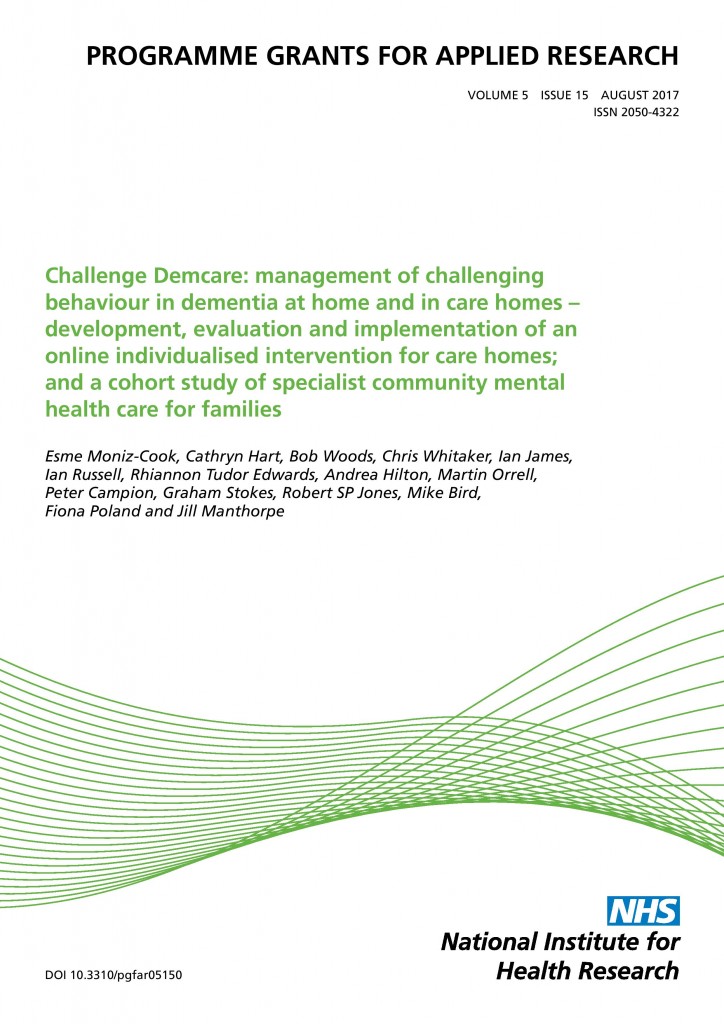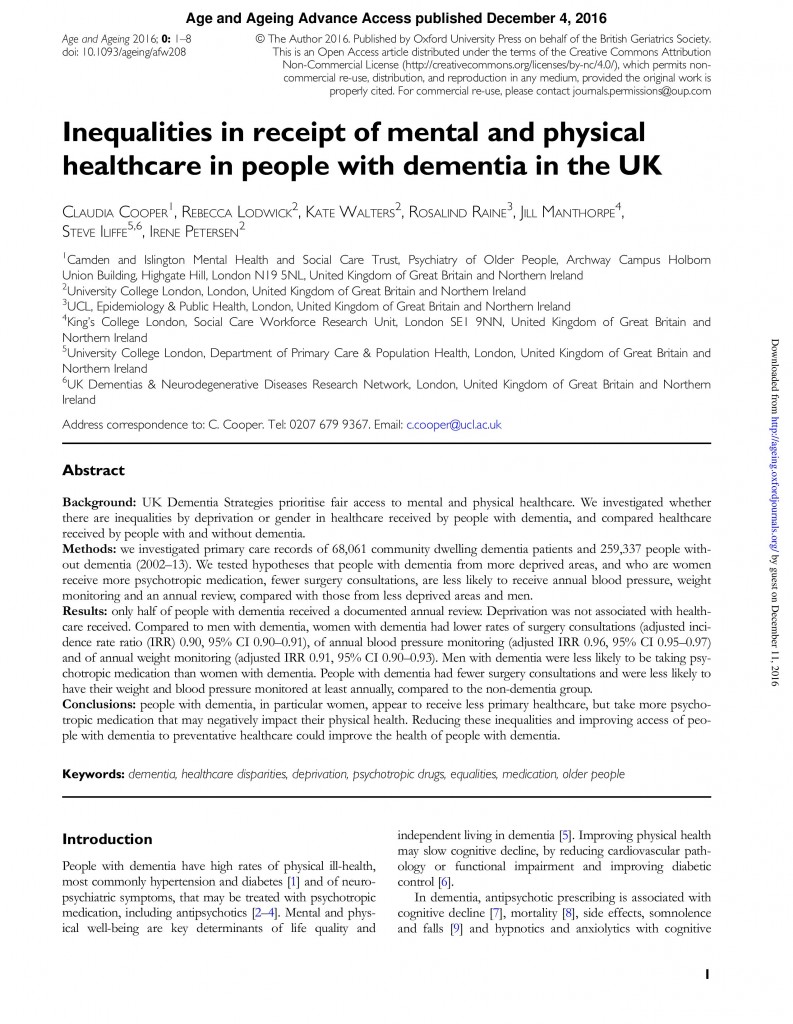 Nicole Batsch is an Atlantic Fellow with the Global Brain Health Institute and completed her PhD at King’s College London, co-supervised in the Institute of Gerontology and the Social Care Workforce Research Unit. She can be reached at nicole.batsch@gbhi.org. (704 words)
Nicole Batsch is an Atlantic Fellow with the Global Brain Health Institute and completed her PhD at King’s College London, co-supervised in the Institute of Gerontology and the Social Care Workforce Research Unit. She can be reached at nicole.batsch@gbhi.org. (704 words)
While I was writing my PhD I craved the opportunity to discuss and debate the state of the dementia field, where it’s been and where it’s going and the often competing priorities of stakeholders including people living with dementia, families, health care professionals, researchers, policy makers and the charity sector. What I learned was that a PhD was often a long, lonely slog with only the warm glow from my computer screen to keep me company.
But for the past nine months, I’ve finally had that opportunity to discuss and debate and I’ve gotten to experience it in a multi-disciplinary setting to better understand the perspectives of other disciplines different to my own. Continue reading









